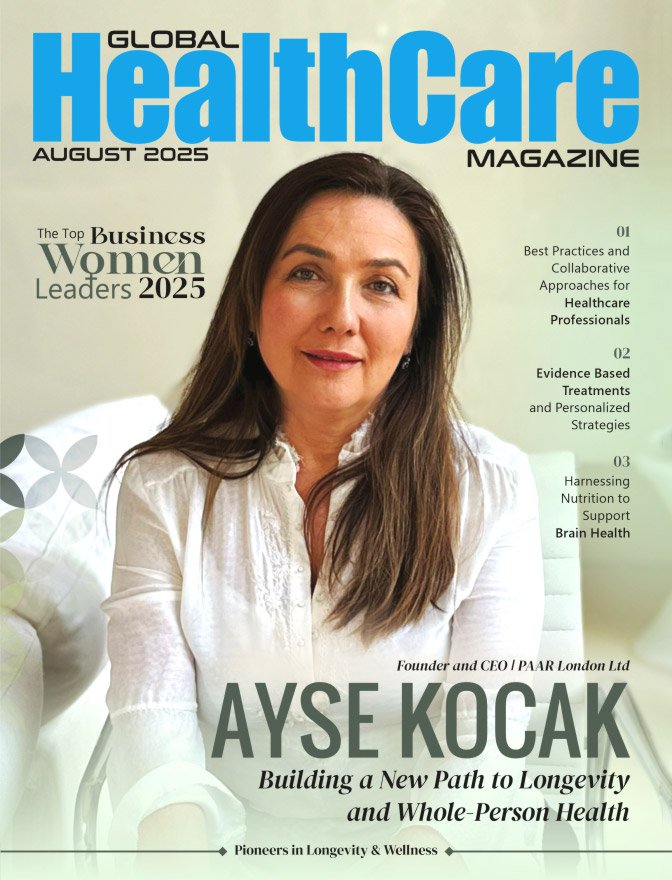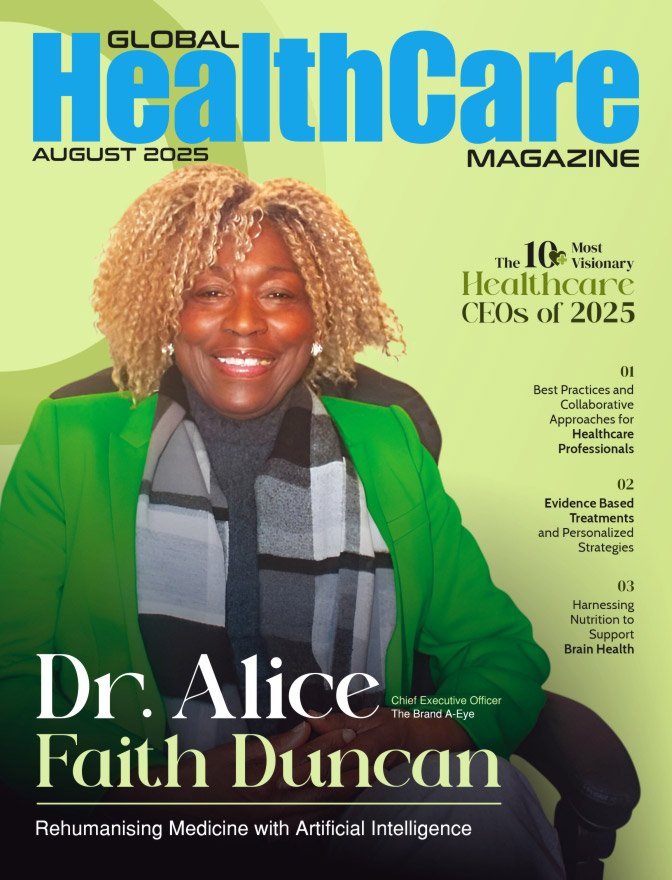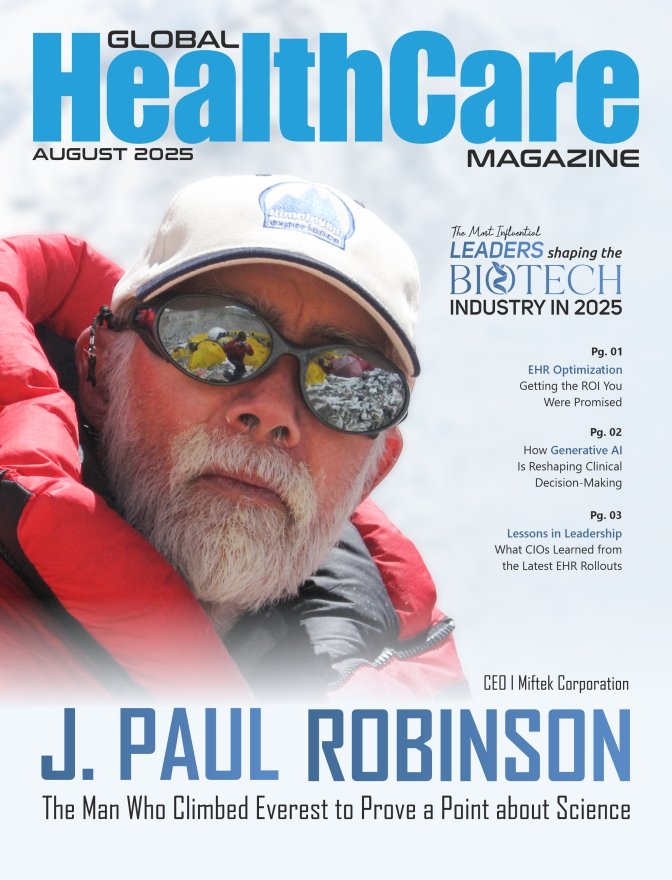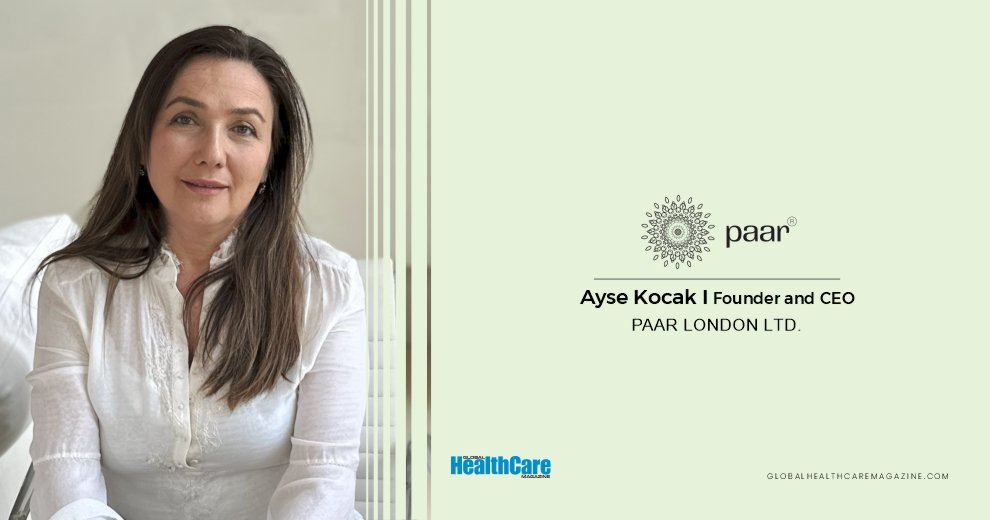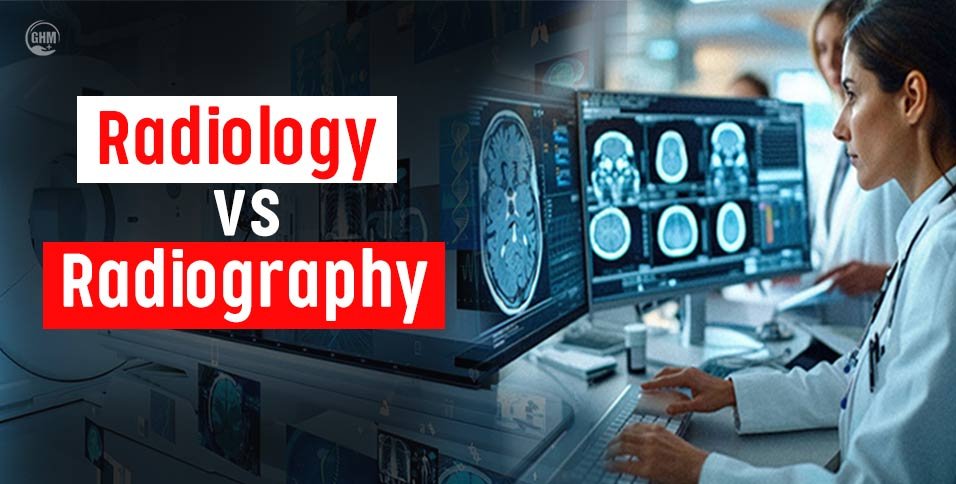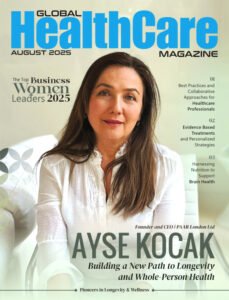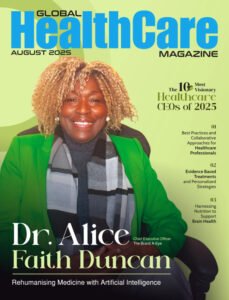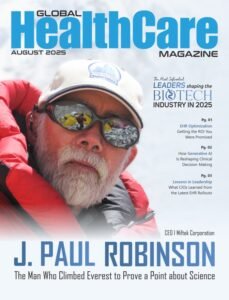Around 93% of Americans aged 65 and older deal with at least one chronic health issue. That might include high blood pressure, arthritis, or diabetes. But many of these problems are manageable—especially when people take a clear and proactive approach to their health. Aging doesn’t mean giving up independence or energy. It just means your health strategy needs to match your current stage of life.
That’s why planning matters more than ever in 2025. Healthcare costs are changing. New tools for aging well are becoming more accessible. And more seniors are looking for simple ways to stay active, connected, and safe without feeling overwhelmed.
This checklist gives you seven areas to focus on so you can stay in control of your physical and mental health this year—and beyond.
1. Preventive Checkups That Help Catch Issues Early
Preventive care helps spot problems before they get worse—and that can save time, money, and stress. Annual screenings can detect issues like high cholesterol, diabetes, or bone loss in their early stages, when they’re easiest to manage.
In 2025, many preventive services are included in Medicare coverage, such as flu shots, blood pressure checks, and certain cancer screenings. Keeping up with these checkups doesn’t just protect your health. It also helps you stay informed about what’s changing in your body so you can respond quickly if something needs attention.
2. Understanding Medicare Costs Before They Surprise You
Health care expenses can be unpredictable. But there are ways to prepare. Medicare coverage often includes multiple parts—hospital care, outpatient visits, prescriptions, and more. Each part comes with its own rules and possible costs, which can vary based on your income and where you live.
To understand the cost of Medicare 2025 for seniors, using a calculator is a smart move. It helps estimate your potential expenses based on income, location, and coverage choices, so you can avoid surprises and plan your budget with confidence.
3. Daily Movement That Works for Your Body
Staying active doesn’t require long workouts or expensive classes. What matters most is consistency and choosing movement that feels manageable. For many seniors, that could mean taking a 20-minute walk every morning or doing basic stretches at home. Even light strength exercises using resistance bands can improve joint strength and mobility over time.
Regular movement helps lower blood pressure, supports heart health, and improves balance—something that becomes more important with age. It also boosts energy levels and sleep quality. If standing exercises feel like too much, chair workouts or pool-based programs may be a better fit. The goal isn’t intensity. It’s staying engaged and building a routine that keeps you moving every day.
4. Food That Supports Your Energy and Strength
Nutrition plays a bigger role than most people realize. As the body changes with age, it processes food differently. Muscle loss becomes more common. Digestion slows. And appetite may shift. That’s why it’s important to make every bite count.
Focus on foods that are easy to prepare but rich in nutrients. These include high-fiber vegetables, whole grains, and lean proteins like chicken, tofu, or beans. Drinking enough water is also essential, since dehydration can cause confusion and fatigue in older adults. Some seniors also need more calcium and vitamin D to protect bone health. Talking to a doctor or dietitian can help you adjust your meals to meet your specific needs.
5. Mental Health That Gets the Attention It Deserves
Mental health often takes a back seat in aging conversations, but it shouldn’t. Anxiety, loneliness, and depression affect a growing number of seniors. Many live alone or have limited social contact, and that can take a toll. The good news is that there are many ways to improve mental well-being without major changes.
Talking to someone regularly—whether it’s a friend, a counselor, or a support group—can make a real difference. Some older adults also benefit from mental health apps or telehealth therapy. It’s not about fixing everything at once. It’s about taking steps to feel more connected and supported.
6. A Safer Home Starts with Simple Fixes
As people age, the risk of falling increases, especially at home. Most falls happen in familiar places like bathrooms, bedrooms, and kitchens. But small changes can reduce that risk. You don’t need to renovate your house to make it safer. A few updates go a long way.
Remove loose rugs or cords that can trip you. Install grab bars near the shower and toilet. Make sure your hallways and staircases are well-lit. Keep daily-use items in easy-to-reach spots so you don’t have to stretch or climb. If you use a walker or cane, make sure the floor stays clear. These fixes are easy to do and often low-cost, but they help prevent injuries that could lead to long hospital stays.
7. Medication Routines That Keep You on Track
Managing medications gets harder as prescriptions increase. It’s easy to miss a dose, take too much, or mix up pills. That can lead to health setbacks or dangerous side effects. Creating a system to manage your medications helps you stay safe and avoid confusion.
Use a weekly pill organizer so you can see exactly what to take and when. Set alarms as reminders, or ask your pharmacy about pre-filled packs that sort your pills by day and time. If you see more than one doctor, keep an updated list of all your medications, including supplements. Bring it to every appointment. A pharmacist can also review your list to make sure there are no risky interactions.
Healthy aging in 2025 is about more than avoiding illness. It’s about making smart choices that protect your health, safety, and independence. The seven essentials in this checklist are not difficult to follow, but they require attention and consistency.
Whether you’re updating your diet, checking your home for fall risks, or planning your medical care, each step matters. Aging brings change—but with the right habits and support, it can also bring confidence and comfort. Choose one area to focus on this week. Small steps today can lead to better health and more freedom tomorrow.
Also Read: Science of Anti-Aging: Breakthroughs in Age-Defying Skincare


